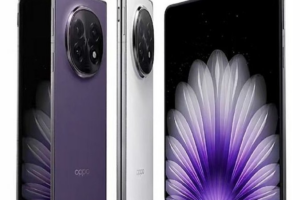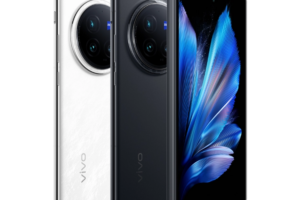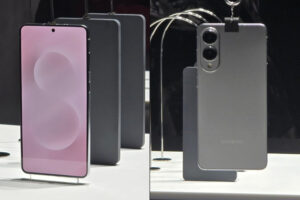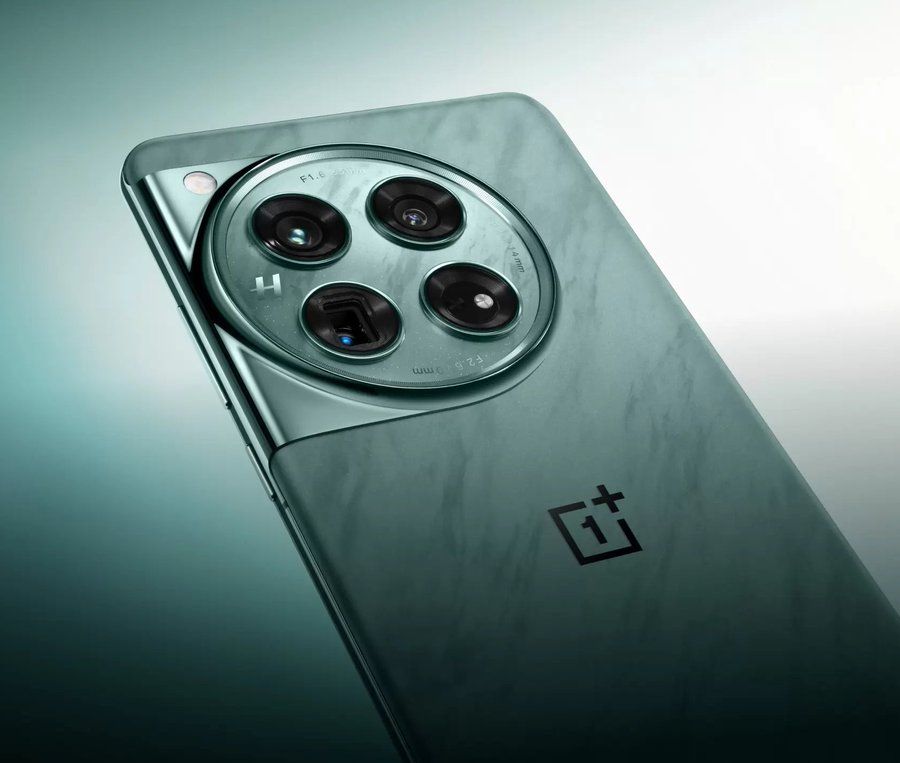The OnePlus 5 and Xiaomi Mi6 are the latest flagship smartphones from the respective companies. They are two of the best “premium yet affordable” flagship smartphones to have ever hit the market. The price of OnePlus 5 ranges between INR 30,900 to 35,000, while the Xiaomi Mi6 variants cost between INR 23,500 to 27,000.
Presented below is a comparison between the Xiaomi Mi6 and the OnePlus 5.
- Build and Design
The Mi6 has a frame made of stainless steel that joins the glass front panel. It also features a curved back cover made of glass. On the other hand the OnePlus 5 comes with similar aluminum body as seen in older models. The antenna bands however have been taken out from the back panel.
The camera sensor is one with the body on the Mi6, while the casing around camera sensor on the OnePlus 5 slightly protrudes from the chassis. This makes the area prone to chipping. The Mi6 tends to easily slip off surfaces and is a fingerprint and smudges attractor. This is not the case with the OnePlus, but its ‘safe’ design is not that posh or evocative!
These two devices do nothing to settle the glass and metal body debate. Some users think that metal body looks more premium and also tends to be more resistant to damage via bumps, drops, etc. Others are aware about the risks that come with glass back phones, but they also think that such phones are more elegant and gorgeous as compared to metal body phones. It may be noted that the Xiaomi Mi6 is also available with a Ceramic back body variant.
- Performance and OS
Both the Xiaomi Mi6 and OnePlus 5 smartphones come with an octa-core, 10 nanometer, Qualcomm Snapdragon SoC 835 processor. This means better battery life, improved performance, and enhanced graphics. The OnePlus 5 comes with a standard RAM of 8 GB in the 128 GB variant, while the Mi6 features 6 GB of LPDDR4 RAM. It may also be noted that the processor on the OnePlus 5 clocks at 2.35 GHz, while the clock speed on the Xiaomi Mi6 is 1.9 GHz. The additional RAM capacity of 2 GB and the higher clock speed of the processor on the OnePlus 5, means that it is a clear winner with regards to processing power.
The OnePlus 5 runs on the Android Nougat 7.1.1 OS with its own Oxygen OS interface, while the Mi6 has Android 7.1.1 along with MIUI 8 user interface.
- Display
The Xiaomi Mi6 sports a 5.15 inch LCD IPS full HD display. The screen on the OnePlus 5 is 0.35 wider. It comes with a 5.5 inch optic full HD AMOLED display with a resolution of 1920 x 1080 pixels and DCI-P3 color coverage. The screen is also provided additional protection with Corning Gorilla Glass 5.
The pixel ratio is somewhat better on the Mi6 as it sports a smaller display. However, users who desire a bigger screen can go for its rival. Another reason to choose the OnePlus 5 over the Mi6 is the fact that AMOLED displays come with more saturated hues and colors. The Xiaomi Mi6 will also make a great choice for users who prefer a smaller screen and are ok with LCD screens.
- Camera
The OnePlus 5 is a winner all the way in this area. It comes with a dual camera setup at the back. It sports a 16 megapixels rear main camera, big f/1.7 aperture, and wide-angle lens, along with a 20 megapixels secondary rear camera that helps capture in-depth photos. It also has a 16 megapixels front camera for selfies.
The Xiaomi Mi6 comes with a dual 12 megapixels + 12 megapixels camera setup on the back panel, and an 8 MP Selfie camera on the front panel.
- Storage, Battery, and Fingerprint sensor
The Xiaomi Mi6 is available with storage configurations of 64 GB and 128 GB, while the OnePlus 5 is available in the 128 GB (8GB RAM) and 64 GB (6 GB RAM) variants. Both the OnePlus 5 and the Mi6 do not have any option of expandable external storage capacity.
The OnePlus 5 comes with a sufficient 3,300 mAh battery, while the Mi6 sports a slightly larger 3,350 mAh battery. Both the devices come with full HD screens; however, the smaller screen size may result in somewhat better battery life on the Xiaomi Mi6. Both companies have claimed battery backup for one day with normal regular use.
Both devices have fingerprint sensors beneath the display on the front with rapid authentication. The Xiaomi Mi6 however also comes with Sense ID technology by Qualcomm, which makes use of ultrasound to make a 3D map of all the grooves and ridges on the finger, thus resulting in a far more potent and comprehensive fingerprint. It can register a detailed fingerprint even when your hands are wet.











